History - Blue Brigade in Russia in WWII
English | EspañolThe Blue Brigade
Antonio Pérez Caballero
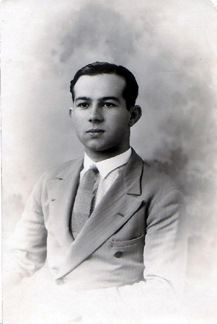
He was then 34 years old and already married, with two children. Spain had just ended its long civil war that caused terrible losses for both sides and had ruined the country.
In his mind, the battle against the Soviet Union symbolized his own fight against bolshevism, the same ideology that had inspired those who had murdered many of his and his wife's relatives and friends just 7 years before.
His unit arrived at the front in Leningrad, as Saint Petersburg was called then, on April 5th. Being a veterinarian by profession, he was assigned to practice in different towns and worked in Pulkovo and Gatchina. It seems there was an important German veterinary hospital at Gatchina.
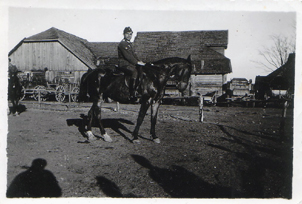
During the time he spent in Leningrad, my grandfather and his fellow soldiers, despite what one might think, got the oportunity to befriend some of the local Russian inhabitants in the ocuppied towns. In these photographs that he took we can see him and one of the other spanish soldiers posing beside two russian girls. He also photographed an Orthodox procession, all the more unusual due to the political climate of the Soviets which discouraged religion after the revolution.
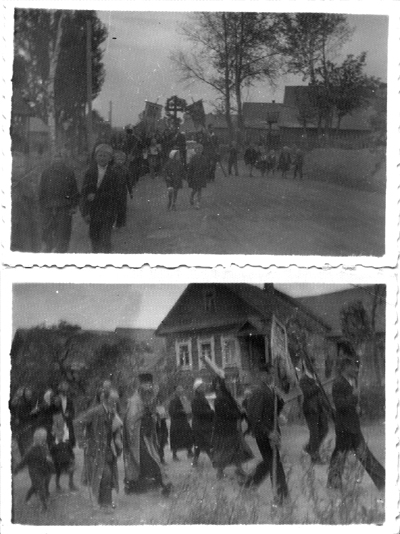
My grandmother would tell us many years later about how surprised her husband had been with the kindness and friendly attitude of the Russians. This may seem quite odd to the reader, but remember that those people had no other choice than to show themselves as cooperative with the invading forces. However, when I have been in Russia, I had the oportunity to discuss this subject with many Russians old enough to still remember the time of the occupation. They told me that the German and Spanish soldiers' behavior towards the local citizens were completely opposite. The Spanish being the far less cruel to them. Some of these old ladies, just young girls during the war, can remember even to this day some typical Spanish songs like "La Tarara".
My grandfather had no real interest for the arts. He would recall though, the impressive scale and beauty of the Russian palaces he saw: the Imperial Residences of Tsarskoe Selo (then renamed Pushkin), Pavlovsk and Gatchina. All these palaces were in fact looted and heavily destroyed by the German and Spanish soldiers who occupied these buildings for almost three years. Even today a Spanish inscription can be still be seen in one of Pavlovsk Palace's rooms.
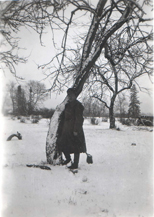
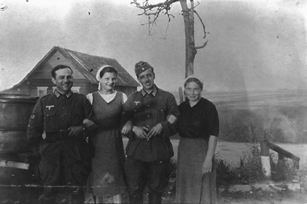
The author wishes to thank Rob Moshein for his editorial assistance with the English version.
For any comments on this article or if you would like to contribute any information or photographs from this era of the Occupation by the Blue Brigade of the Alexander Palace or the other occupied palaces please email to Antonio Pérez Caballero

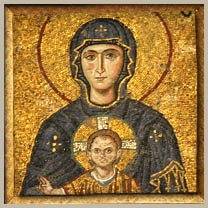



 Imperial Bedroom
Imperial Bedroom Portrait Hall
Portrait Hall Mauve Room
Mauve Room Maple Room
Maple Room Aleksey's Bedroom
Aleksey's Bedroom Nicholas's Study
Nicholas's Study Aleksey's Playroom
Aleksey's Playroom Formal Reception
Formal Reception Balcony View
Balcony View Aleksey- Balcony
Aleksey- Balcony Children-Mauve
Children-Mauve Nicholas's Bathroom
Nicholas's Bathroom Alexandra- Mauve
Alexandra- Mauve Nicholas's Reception
Nicholas's Reception Tsarskoe Selo Map
Tsarskoe Selo Map